How to Grow Hostas Indoors: 6 Tips, Tricks & Guide
-

- Last updated:
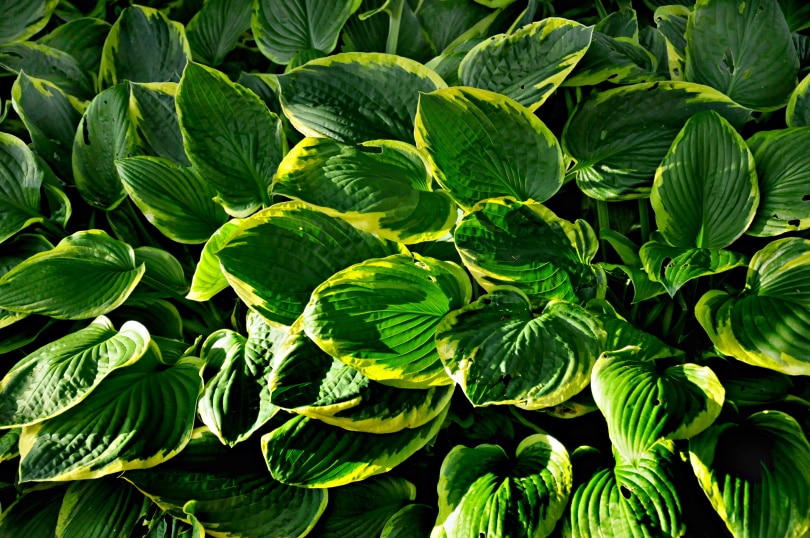
Indoor plants have the amazing ability to transform your interior, bringing in a lively vibe. An example of excellent evergreen plants that you can grow indoors is the hostas plant. These are unique plants with a wide range of foliage that adds color to any space.
Hostas are mainly grown in gardens outside the house. But lately they’ve become the pride and joy for thousands of houseplant lovers. It’s quite possible to grow hostas indoors and master how to have a thriving plant all year round. The plant has specific needs you must meet for it to thrive.
In this article, you can learn all you need to grow hostas indoors successfully.
Growing Hostas Indoors Successfully
Hostas are some of the loveliest plants you can grow in your garden. However, it’s also possible to grow them indoors, provided they have all their needs met. These evergreen plants have so many varieties, so it’s crucial to know which you want to grow indoors.
They vary in terms of color, from a deep green to a light shade of yellow leaves. It’s not uncommon to even come across some rare shades of gray and blue hostas. These leaves have a unique texture with veins running from one end to the other.
In a garden, it’s easier to grow hostas. But, that doesn’t disqualify growing them in a container. Hostas thrive in large containers, so that has to be at the top of your list when planning to bring some indoors.
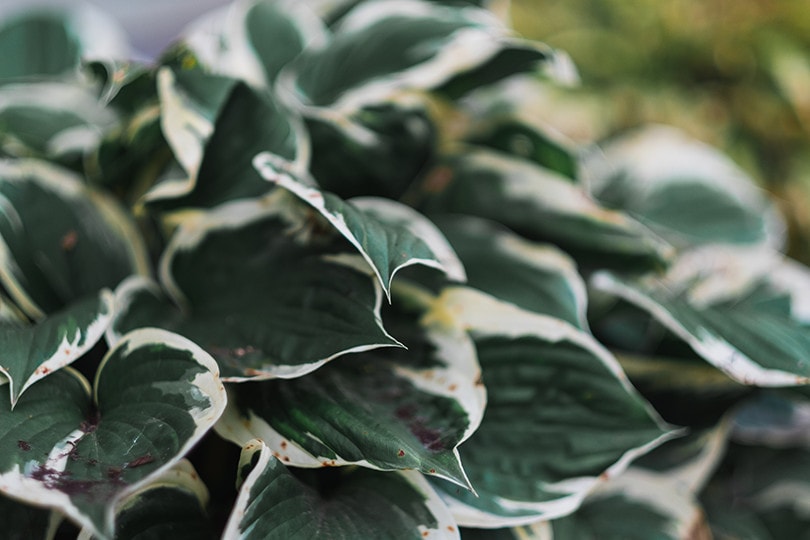
Requirements for Hostas Grown as Houseplants
As a houseplant, there are specific requirements that you must meet to grow hostas successfully.
Sunlight
When growing in a garden outside, hostas thrive in shade. Too much sun exposure will burn the leaves, leading to discoloration. You have to consider this shade requirement when growing hostas as houseplants.
Indoors means less direct sun exposure, which is excellent for hostas, especially when winter rolls around. But this doesn’t mean hostas won’t require light when growing indoors.
Plants need light for photosynthesis and hostas are no exception. Therefore, you can pick an area in the house where there’s ample indirect light to place the plant pot. This area will ensure the hostas get all the light they need without having their leaves burned by direct sun exposure.
If you notice the leaves of your hostas turning brown, check the sun exposure. Probably that part of the house gets too much direct sunlight for many hours. In such a case, it’s better to move the Hosta to another part of the house.
Temperature and Humidity
Hostas aren’t picky about the conditions in your home. They can thrive provided they get ample indirect light to keep growing.
However, it’s worth noting that these are perennial plants. This means they will undergo 6 weeks of dormancy each year. It happens when temperatures drop below 42°F. This is the time you have to bring your hostas growing outside indoors.
During the dormancy period, the leaves will fall, which is the same thing that happens to all perennials. When they come alive once more, you can maintain normal temperature and humidity.
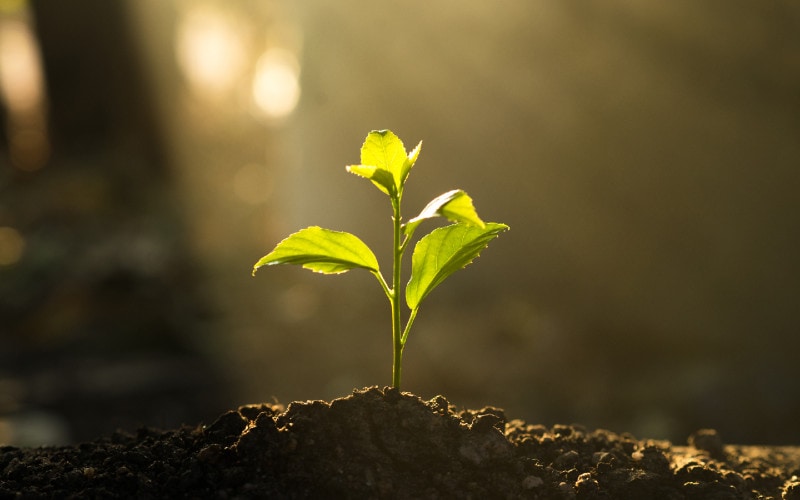
Watering
Hostas need lots of water to grow. This becomes even more crucial when you grow them in a container. It’s important to keep this plant moist, especially when temperatures are high on hot days. Check the soil and water when you notice the top part getting dry.
The container should have proper drainage holes. If there’s lots of water collecting at the bottom of the container, it can lead to root rot and other issues.
The idea is to grow hostas in moist soil. This isn’t the same as wet soil, which can cause more harm than good for the houseplant. It’s possible to stimulate winter dormancy in Hostas when the time is right. All you need to do is cut back on watering or water lightly.
Fertilizer
A good fertilizer will provide hostas with all the nutrients they need for proper growth. The best kind of fertilizer is a slow-release variety that keeps feeding the indoor plant for some time. Or, you can also use a water-soluble fertilizer when watering the plant.
Hostas growing indoors in a container need a bit more fertilizer than those in an outdoor garden. Frequent watering washes out most of the nutrients in the soil. Therefore, it’s crucial to add fertilizer every other week during the growing months.
Repotting

Hostas do better in large containers. After some time, you have to repot them as a way to stimulate and maintain growth. It’s better to change pots every 2 to 3 years.
Start by taking the plant off the old pot and removing soil from around the roots. Fetch a bigger pot and add some shredded bark at the bottom to protect the root. After that, you can add some organic soil to the pot.
Plant the hostas in the pot and top up with soil until you cover all the roots. Press the soil using your fingers, then water the plant before returning it indoors. It’s possible to use the repotting time to divide the hostas into several more houseplants if it’s too big for your liking.
The 6 Tips & Tricks for Growing Hostas Indoors
Hostas thrive in a garden, but that doesn’t mean you can’t grow them indoors. All you need are a few tips and tricks listed in this article to make this work.
1. Keep the Pot Away from Heating Vent
Hostas love indirect light exposure because it helps them make food and thrive. But these plants aren’t tolerant to heat. So, it’s better to pick a spot in the house away from the vents. As you pick a spot in the house away from direct sunshine, also refrain from too much heat exposure, which can lead to wilting.
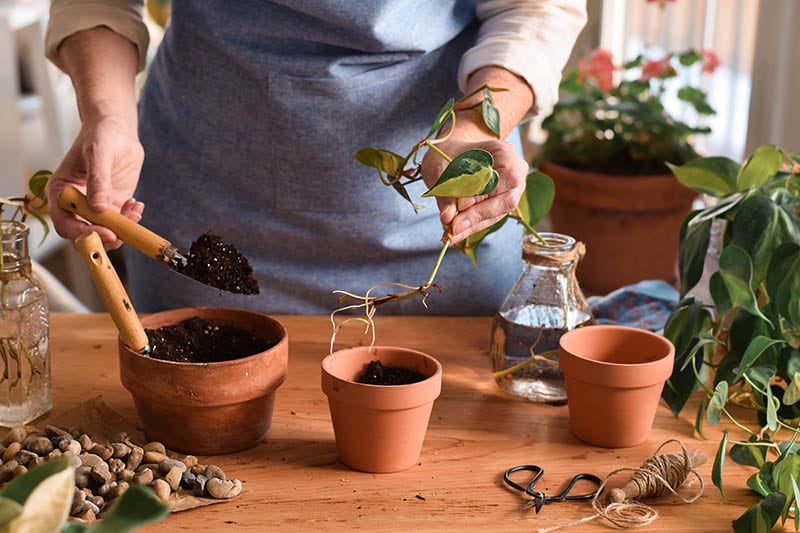
2. Only Water the Soil, Not the Leaves
Watering plants like hostas is crucial for their survival. This plant thrives in moist soil. However, you have to be careful about how you water it. Only water the bottom part or use the submerging method.
Avoid watering the leaves and stem as this encourages disease. Submerging will help the soil absorb water from below, but you can also water the base.
3. Pick the Right Potting Soil
A good potting soil is a savior for hostas since it helps the plant retain moisture. Hostas need quality potting soil, which might mean dishing out some more cash at the garden store.
However, the soil is excellent in retaining moisture and also curbs fertilizer washing away when you water the plant. The more fertilizer the soil retains, the healthier the hostas you have growing in your home.
4. Avoid Incandescent Light Bulbs
Hostas require some light exposure indoors. In the winter months, light becomes limited, and you might want to substitute natural light with some grow lights. As you do so, ensure you don’t buy incandescent light bulbs since these emit lots of heat. As mentioned above, too much heat will cause the plant to wilt and even dry.
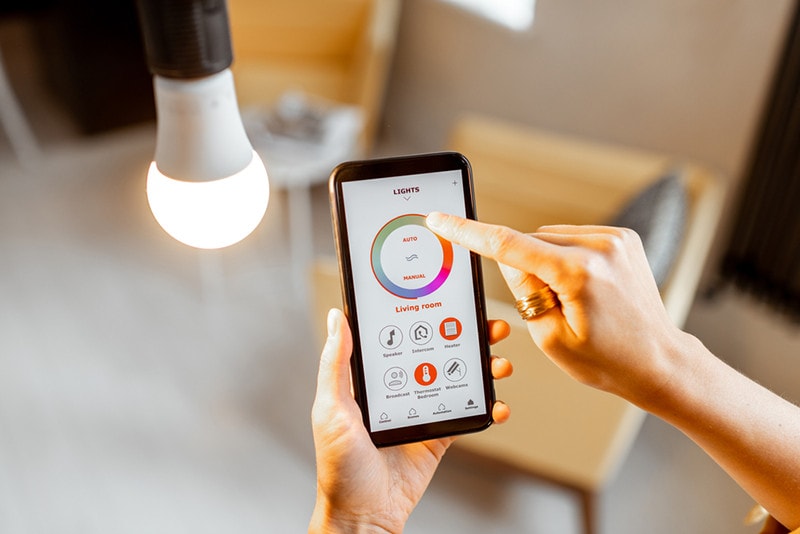
5. Ensure the Plant Isn’t Root-Bound
Many other plants grow their roots vertically, but the opposite is true for hostas. Their roots grow horizontally, which is a recipe for disaster because of root-bound. The best way to prevent your plant getting choked by the roots is to repot it once you notice it’s outgrown the pot.
Repotting allows you to unbind the soil and also prune the roots. This gives the hostas a new lease of life and a chance to keep growing once the dormancy stage passes.
6. Always Ensure the Plant Goes Dormant
Outside, hostas will most likely go dormant on their own when the temperatures start to drop. However, indoor hostas need a little bit of help when it’s time for dormancy. It can be quite tempting to skip the dormancy period, but this can affect its health leading even to death.
Frequently Asked Questions
What is the lifespan of hostas?
The conditions indoors are much better and allow houseplants to have longer lifespans. For instance, Hostas, under proper care, can live for up to 3 decades. All you have to do is ensure you meet all the requirements and the reward will be a healthy indoor plant.
What is the bloom season for hostas?
The joy of owning a houseplant is seeing it bloom. Hostas do produce flowers, and this happens from mid to late summer. Given the wide range of hostas, there are many colors that you can expect.
How does one propagate hostas?
Propagation makes it possible to have loads of other houseplants from one mother. When you want to propagate hostas, you can use cuttings. But since hostas produce plants, you can separate them and replant the babies in another pot.
How does a lack of moisture affect hostas?
If you ever come across hostas with stunted growth, most probably it’s lacking enough moisture. Hostas need moist soil to keep growing after the dormancy period. Also, you have to feed them fertilizer, especially when growing in containers.
 Conclusion
Conclusion
Hostas come in a wide variety and are excellent for your indoor plant collection. These plants thrive outside, but you have to add more TLC when growing as houseplants. By following the requirements in this article together with the tips, you can have healthy Hosta plants for many years.
Featured Image Credit: Piqsels
Contents

